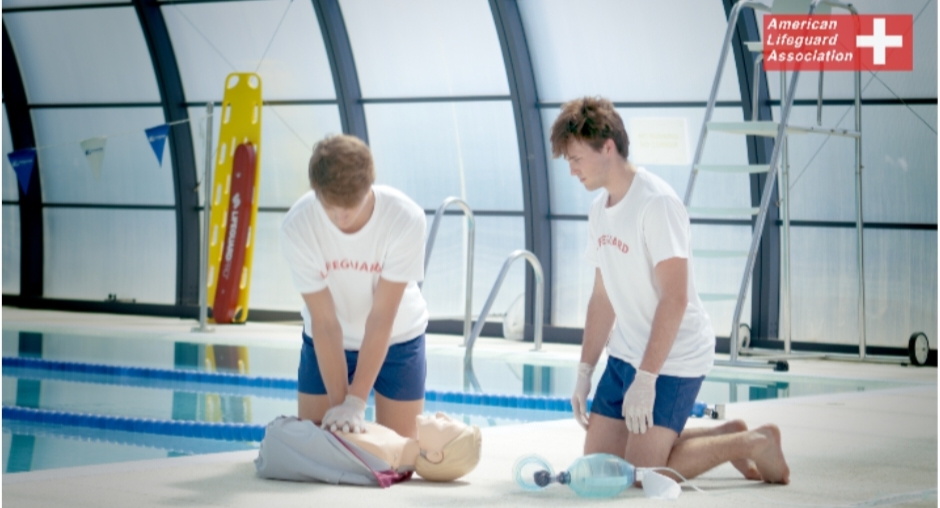Becoming a lifeguard is something beyond sitting by the pool or beach and enjoying the sun. Lifeguards are answerable for the safety of incalculable people, and their swift activity can mean the difference among life and death. In any case, how do lifeguards acquire the skills and knowledge expected to perform such a basic role? Lifeguard classes give the fundamental training, physical molding, and real-world recreation important to plan people for this challenging job.
The Groundwork of Lifesaving Knowledge
One of the first things lifeguard training offer is areas of strength for an of lifesaving knowledge. This essential training ensures that potential lifeguards figure out the basics of water safety, emergency protocols, and how to survey hazardous circumstances. These classes start with hypothetical knowledge, teaching future lifeguards about different swimming strokes, water flows, and how to detect upset swimmers.
What’s more, trainees become familiar with the significance of anticipation. Understanding how mishaps occur and how can be forestalled them is vital to lessening water-related episodes. Lifeguard training underlines the capacity to stay alert, notice individuals in the water cautiously, and mediate before a circumstance grows into an emergency.
ALA CPR and First Aid Training
ALA Lifeguard classes likewise put significant significance on CPR (cardiopulmonary resuscitation) and first aid training. Generally speaking, the capacity to answer medical emergencies, for example, drowning, coronary failures, or different injuries, is fundamental for saving lives.
Classes remember detailed lessons for how to do mouth to mouth for adults, children, and infants, permitting trainees to answer different emergencies with certainty. Notwithstanding CPR, lifeguards likewise figure out how to deal with spinal injuries, dying, consumes, and other first-aid circumstances. The first aid and CPR training ensures lifeguards are completely equipped to manage various emergencies, whether they occur in or out of the water.
Mastering Water Rescue Techniques
While classroom instruction is pivotal, lifeguard classes additionally center intensely around physical training and practical water rescue techniques. Hopeful lifeguards should have the option to demonstrate remarkable swimming skills, endurance, and the capacity to perform rescues in different circumstances.
Instructors show an assortment of rescue techniques that are custom-made to different kinds of emergencies. These incorporate the utilization of rescue tubes, spinal sheets, and other lifesaving equipment. Lifeguards are trained to move toward casualties serenely and expertly, guaranteeing they don’t seriously jeopardize themselves or others. Figuring out how to deal with terrifying or oblivious swimmers and explore through waves, flows, or harsh water is likewise a basic piece of this training.
Teamwork and Communication Skills
Lifeguarding is definitely not a solo job; it frequently requires coordination with different lifeguards, managers, or emergency faculty. Lifeguard classes underscore the significance of teamwork and communication, guaranteeing trainees know how to team up really in high-stress environments.
For example, if a swimmer is in trouble and different lifeguards are accessible, they should organize their activities to ensure a smooth and productive rescue. Communication is likewise fundamental during medical emergencies when lifeguards need to hand-off data rapidly and clearly to medical groups.
Mimicked real-life situations are a critical piece of this training, as they assist lifeguards with working on cooperating to execute rescues or medical intercessions. These situations frequently include role-playing different emergency circumstances to get ready lifeguards for the eccentric idea of their work.
Building Physical and Mental Resilience
Being a lifeguard requires an elevated degree of physical fitness and mental resilience. Lifeguard training incorporate thorough physical molding, from swimming laps to rehearsing timed rescues and endurance works out. Lifeguards need to have the endurance to perform rescues, swim significant distances, and complete emergency procedures even in challenging circumstances.
Notwithstanding physical fitness, mental readiness is likewise accentuated in lifeguard training. Dealing with emergencies, resisting the urge to panic under tension, and settling on fast choices can mentally burden. Trainees are helped methodologies to remain formed and centered, guaranteeing they can think clearly and act unequivocally when lives are in question.
Legitimate Responsibilities and Moral Contemplations
One more urgent perspective canvassed in lifeguard training is the lawful and moral responsibilities of lifeguarding. Lifeguards are depended with safeguarding lives, however they should likewise grasp the limits of their power and their obligation of care. This incorporates finding out about the Great Samaritan regulation, risk issues, and what legitimate protections exist for lifeguards who perform rescues sincerely.
Moral contemplations are likewise talked about, as lifeguards frequently face challenging circumstances where they should pursue difficult choices. For instance, knowing when to mediate or call for reinforcement and guaranteeing fair treatment for all swimmers are key elements of a lifeguard’s moral responsibility.
Preparing for Certification and Job Placement
Completing lifeguard classes is a basic step toward becoming a certified lifeguard, however the training system doesn’t stop there. Trainees are expected to pass both composed and practical tests that test their knowledge and skills. Once certified, lifeguards are completely equipped to look for employment at pools, water parks, beaches, and other aquatic facilities.
For those searching for “lifeguard classes near me,” various associations give available courses, making it simple to get trained in your local region. Certification opens ways to a rewarding job, with sufficient chances to work in different aquatic environments.
The Role of the American Lifeguard Association
Associations, for example, the American Lifeguard Association play a significant role in guaranteeing lifeguards are completely ready for the requests of the job. Their authorized training programs meet the best expectations, offering lifeguards complete instruction in safety, rescue, and emergency reaction. By picking a trustworthy association like the American Lifeguard Association, hopeful lifeguards can have confidence they are getting the most ideal groundwork for their role as lifesavers.
In conclusion, ALA lifeguard training give the fundamental training expected to plan lifeguards for the difficulties they will look in real-life emergencies. From getting the hang of lifesaving techniques to mastering CPR and first aid, the training is intended to equip people with the skills, knowledge, and certainty expected to keep swimmers safe and answer emergencies actually.
“Thank you for learning how Twinklecrest.com prepares lifeguards for real-life emergencies through effective training.”




